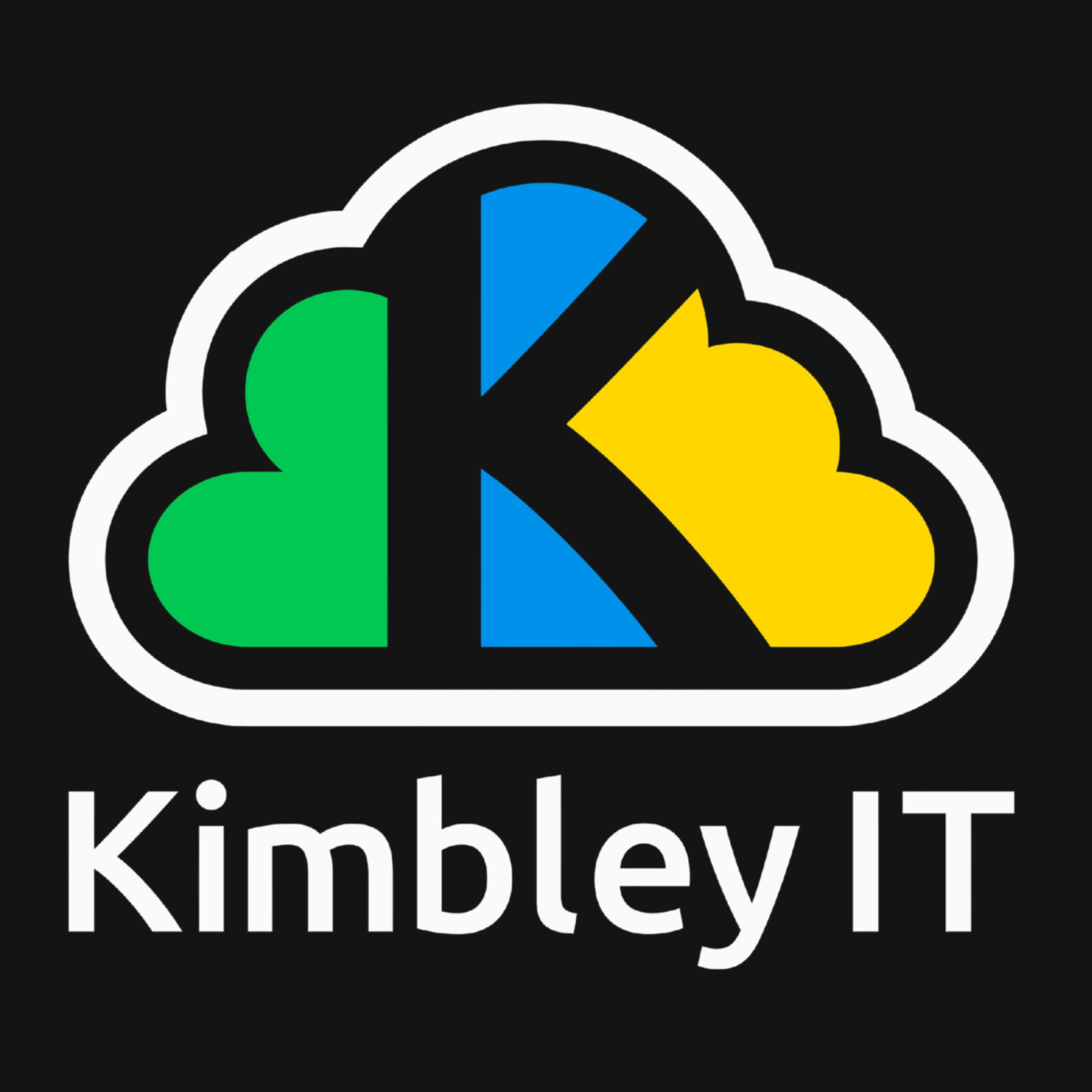How to use NotebookLM in Google Workspace.
NotebookLM is a Google AI research assistant tool and part of Google Workspace. It's a service that allows you to upload various documents, links, and files from Google Drive and then harness the power of AI to extract meaningful insights from this wealth of information.
NotebookLM is currently in an experimental phase, with new features being added regularly. The latest addition, the ability to generate a podcast from your uploaded sources, is just one example of how NotebookLM is constantly pushing the boundaries of data analysis.
You may have noticed that some Kimbley IT blog posts now include an accompanying podcast about the content generated by NotebookLM.
How does NotebookLM generate answers?
NotebookLM stands out from other tools like ChatGPT and Perplexity because it exclusively uses your data to generate answers. You can input up to 50 data sources, such as files from Google Drive, PDFs, website links, or text. NotebookLM then generates answers solely from these sources, ensuring that you have complete control over the analysis process - while citing which data source and section it used to create a response.
Possibilities for using NotebookLM.
You could use NotebookLM to conduct competitor research using publicly available data. You can input links to your competitors' websites, upload PDFs containing business information obtained from Companies House, and provide links to their social media accounts and the LinkedIn profiles of key individuals in the organisation.
Another possibility is creating an internal Notebook containing information for new starters; instead of sending out documents to new starters, you could feed these documents to NotebookLM and have it make an FAQ that new starters can access to answer common questions.
Alternatively, all companies should have Standard Operating Procedures (SOPs), guides on how things are done within the business, like the checklist pilots use to fly an aeroplane successfully. You could add these SOPs to a Notebook, and rather than needing to find the correct SOP each time, team members could ask the Notebook a question and get a response generated from your company's Standard Operating Procedures.
There are endless possibilities for using NotebookLM to analyse data.
Creating a Notebook in NotebookLM.
The first thing you need to do is visit notebooklm.google.com to access the service.
Once on the NotebookLM website, click the button to create a New Notebook.
The next screen you see will ask you to connect your data sources for the Notebook to use.
You can upload PDFs, TXT or Markdown files. You can connect to Google Docs or Google Slides, link to publically facing websites and YouTube videos, as well as copy and paste text to use as data sources.
The Notebook Guide will appear at the bottom of the page as soon as you connect your first data sources.
Inside the Notebook Guide section, you will see a text box where you can start asking questions about the sources you have provided.
You can add additional data sources later by clicking the plus icon at the top of the sources column on the left side of the screen.
Notebook
As soon as you add sources, NotebookLM will analyse the data and summarise what you have supplied thus far in the Chat section. This guide is a quick snapshot or overview of the data provided and what NotebookLM has understood.
Audio Guide (AI Podcast)
The Audio Guide is a fantastic feature. Based on the information sources, NotebookLM's AI will create an audio podcast between two presenters discussing the information you provided, surfacing facts, and the content.
At the moment, you have no control over the podcast discussion. I have tried experimenting by including a Google Doc in the sources with a prompting guide, but this does not currently affect the audio output. If you don't like the audio output, you can delete it. You then get the option to generate a new version by clicking the 'Generate' button again.
It is well worth clicking the Generate button and listening to the podcast. You can also download the created podcast, save it on Google Drive, and share it with team members. In my experimentation, I have found the audio mumbled on two occasions, so it is definitely worth listening to the audio before sharing it.
Suggested Questions
Now that you have added your data sources, NotebookLM will suggest questions you may want to ask about your provided data. These questions are based on the content of your sources and can help you delve deeper into the information. You also have a text box at the bottom of the page where you can ask questions to start a conversation with the AI.
Sharing your Notebook
Like Google Drive, you can share and collaborate on your NotebookLM with others, but they must be part of your Google Workspace organisation. For now, you cannot share or collaborate with people you may know outside of your Google Workspace.
Sharing your Notebook is identical to sharing a Google Doc, Sheet or Slide. Click the Share button in the top right corner, add the email address of the person you wish to share with and set their access permission level.


